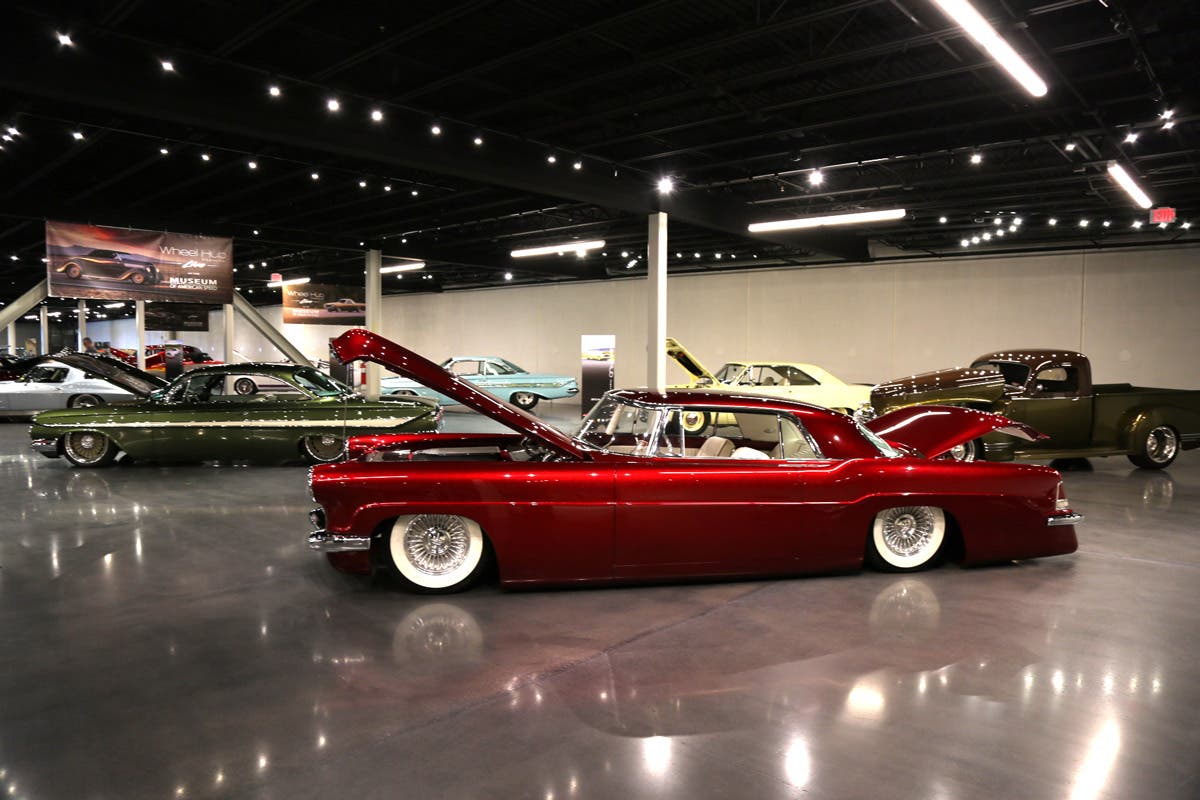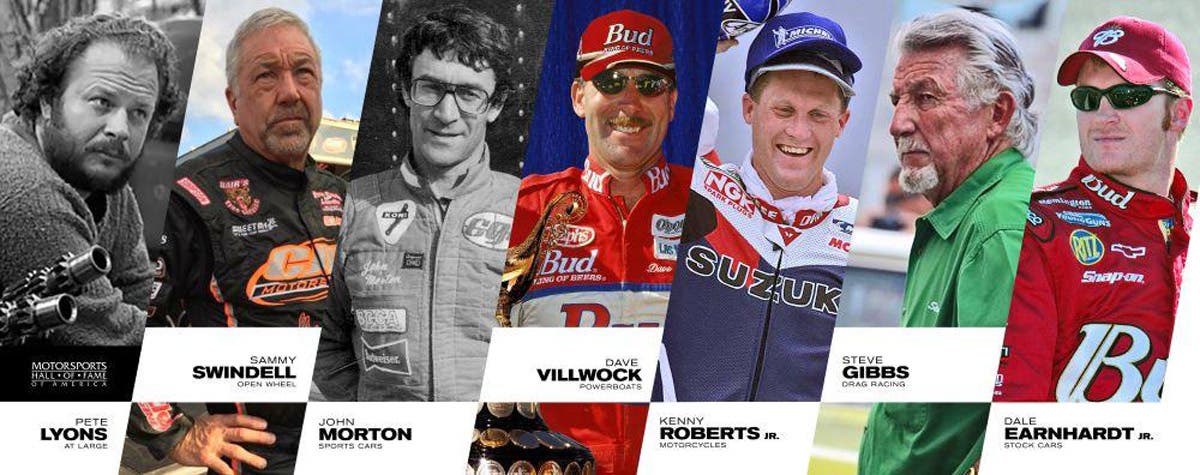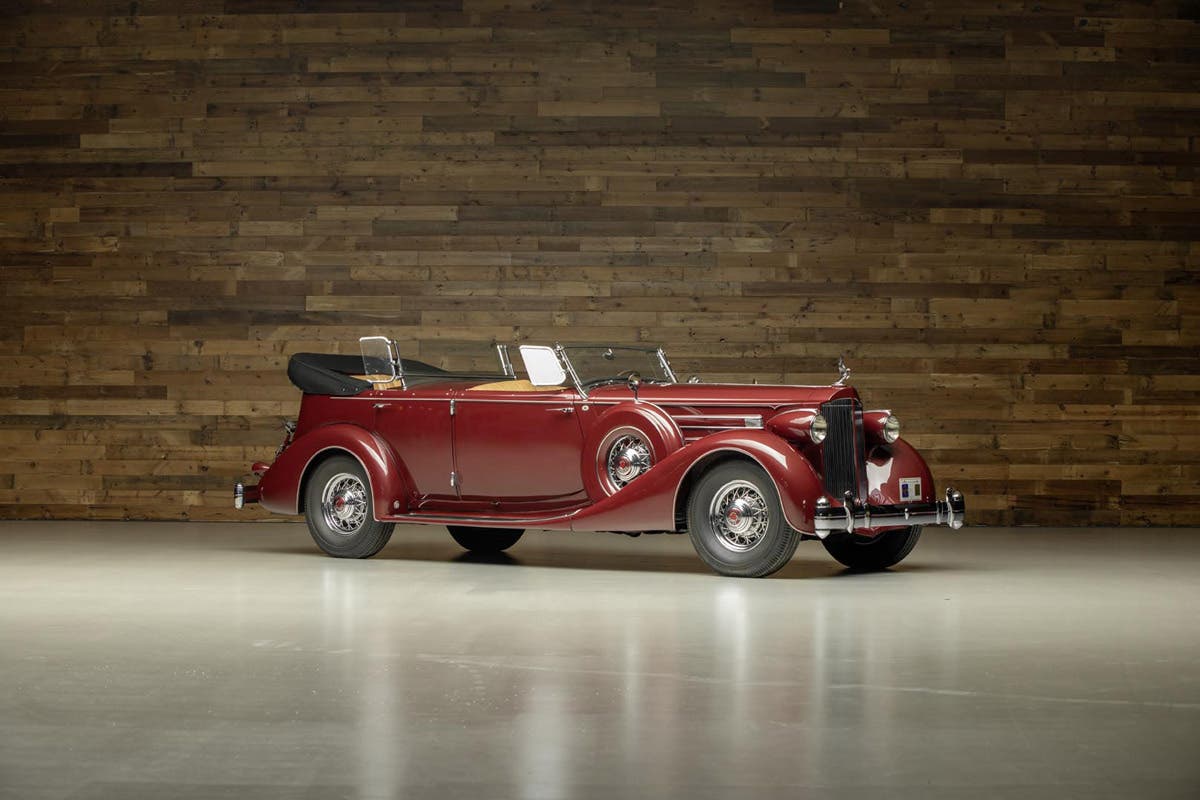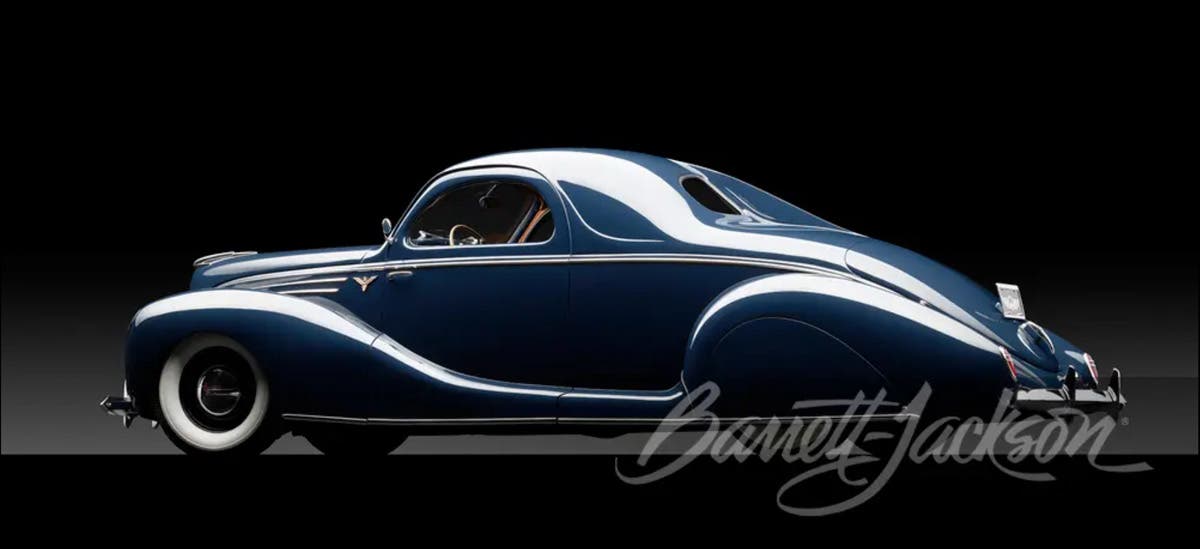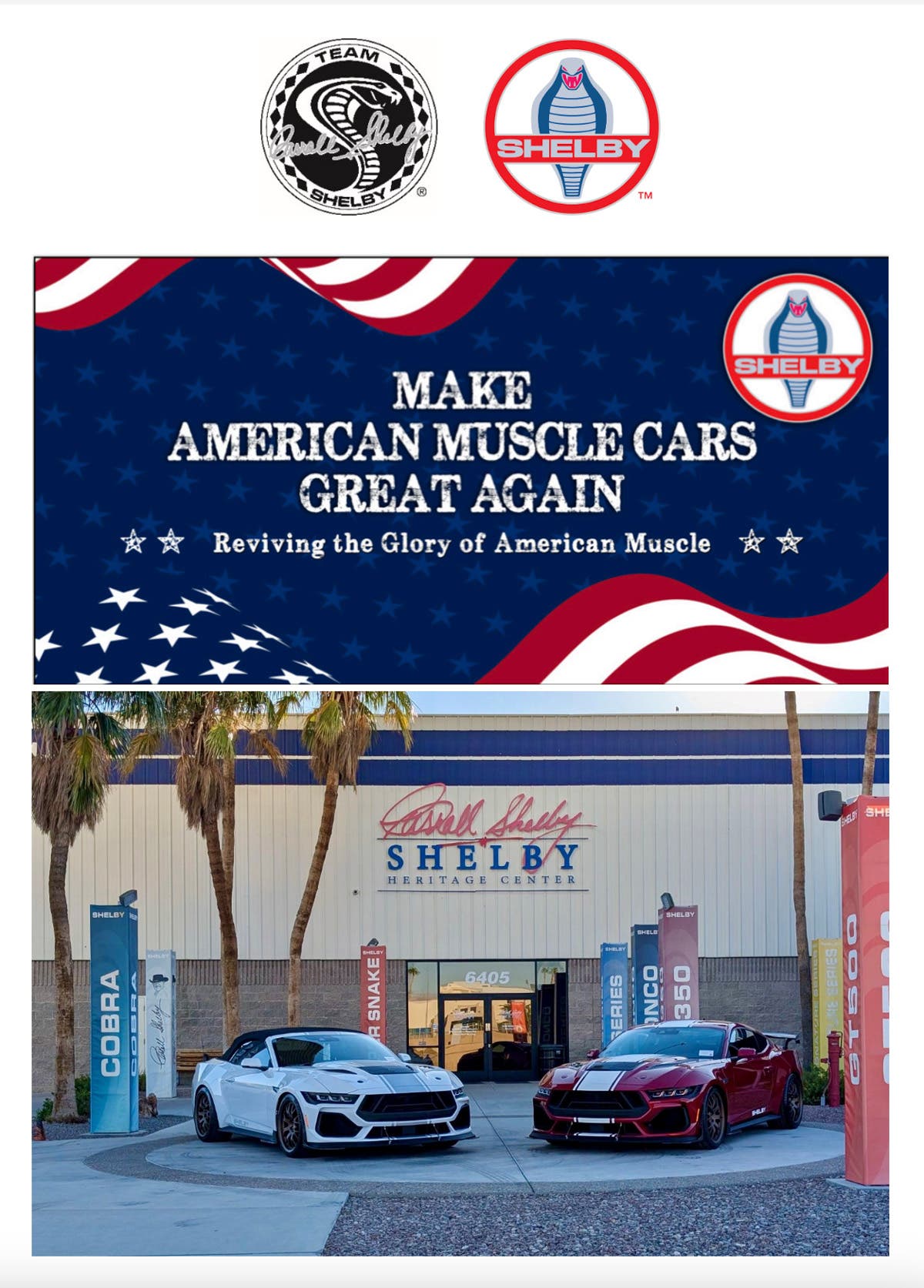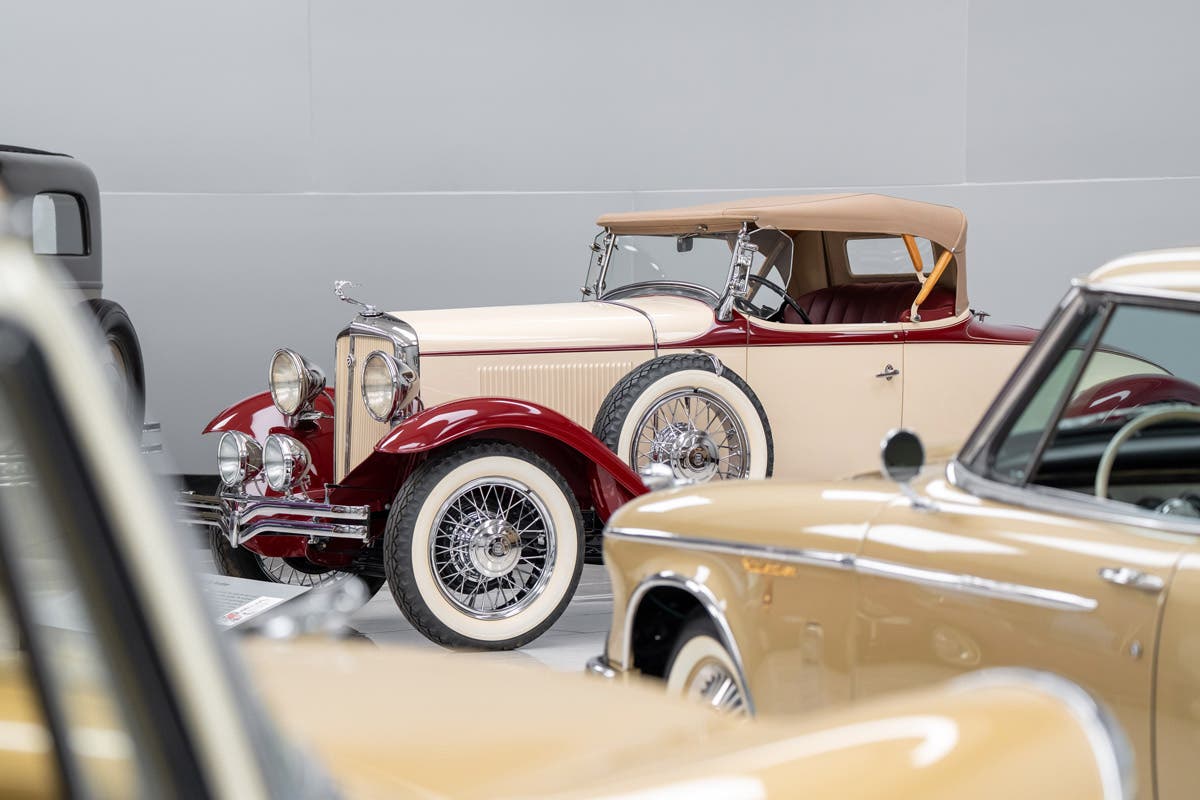East and West Coast tours meet in Nebraska for Lincoln Highway’s 100th
To observe the centennial of the first transcontinental highway, the Lincoln Highway Association organized two week-long driving tours, one heading west from New York City and the other motoring east from San Francisco. The 130 cars, nearly evenly divided between westbound and eastbound, met in the middle in Kearney, Neb., during the noon hour on June 30.
Story and photos by John Lee
In an all-out push to complete the first transcontinental railroad in 1869, a Union Pacific construction gang began in Council Bluffs, Iowa, and laid track westward across the plains while a Central Pacific crew built eastward from San Francisco. When they met at Promontory Point, Utah, a ceremonial “golden spike” was driven to mark the spot.
To observe the centennial of the first transcontinental highway, the Lincoln Highway Association organized two week-long driving tours, one heading west from New York City and the other motoring east from San Francisco. The 130 cars, nearly evenly divided between westbound and eastbound, met in the middle in Kearney, Neb., during the noon hour on June 30.
A crowd of more than 12,000 cheered them as they drove by, and a golden spark plug marked the point where the two tour caravans met, on Kearney’s 25th Street where it intersects Central Avenue.
A century ago, three auto industry leaders — Packard Motor Co. President Henry B. Joy; Carl Fisher, owner of the Indianapolis Motor Speedway; and Frank Seiberling, president of Goodyear Tire & Rubber Co. — formed the original Lincoln Highway Association. They envisioned a paved road from the East to the West Coast, to give a new class of Americans, known as motorists, a good route to drive their automobiles from state to state and even across the continent.
The association planned a route as straight across the center of the country as possible. Without such a thing as a federal transportation department, the route would be entirely constructed with funding from individual businesses and communities along the route.
When completed over the next few years, the Lincoln Highway stretched from New York to San Francisco, traversed 13 states and tied together some 700 communities.
Kearney, Neb., has always considered itself the midpoint of the highway. A landmark just west of the city was the block-long, three-story-high barn at the 1733 Ranch, so-named because it was 1733 miles from both Boston and San Francisco. Kearney and Buffalo County had also been among the first to construct a “seedling mile” to promote building the highway.
Thus, Kearney, with its active Kearney Area Car Club and an aggressive visitor’s bureau, was chosen to host the highway centennial observance.
Lincoln Highway Association President Bob Lichty of Canton, Ohio, said about 270 people were involved in the two cross-country drives, including tourists from Norway, Germany, Russia, Australia, Canada and England. Modern cars as well as antique, classic and vintage vehicles were welcome to participate, and many opted for the more comfortable and reliable later-model transport.
Frank and Diana Squire of Sacramento, Calif., led the east-bound parade to the central meeting point in their 1924 Dodge touring car, the oldest on that route. Richard and Mary Lou Taylor did the same for the west-bound group in their 1913 Stevens Duryea touring car, which had been on several previous Lincoln Highway excursions.
Though they have driven the entire coast-to-coast route over the years, they had joined this one in their home town of Mansfield, Ohio.
“Old Highway 30 (the designation once the federal highway system was instituted) runs right through town,” said Mary Lou. Their 100-year-old car was restored in 1950, and they have owned it for 34 years. There’s still some original black leather upholstery in the back seat.
Richard made a mold from an original Lincoln Highway marker to cast a couple concrete replicas for himself. Then other highway enthusiasts wanted him to make some for them, too. Though he keeps trying to quit, he’s made about 50 concrete markers now.
After the Lincoln Highway tourists streamed into town and passed each other, they circled around and lined up to parade down the brick-surfaced Central Avenue as Lichty announced their names and what cars they were driving. Among them were a contingent of nine Model A Fords, along with several Packards, Lincolns and many others from the ’40s, ’50s and ’60s.
More than 200 vintage cars, trucks, customs and street rods from the local area and beyond then motored down the main drag in what Lichty called the longest old car parade he’s seen in 40 years of hosting and attending old car events. Dean Yoder had driven his Model T touring car and trailer more than 400 miles to participate in the event. Model A and T clubs were much in evidence, and the clubs were planning for continuing centennial observance activities the following day.
The 21st Annual Lincoln Highway Association conference continued through the week.



